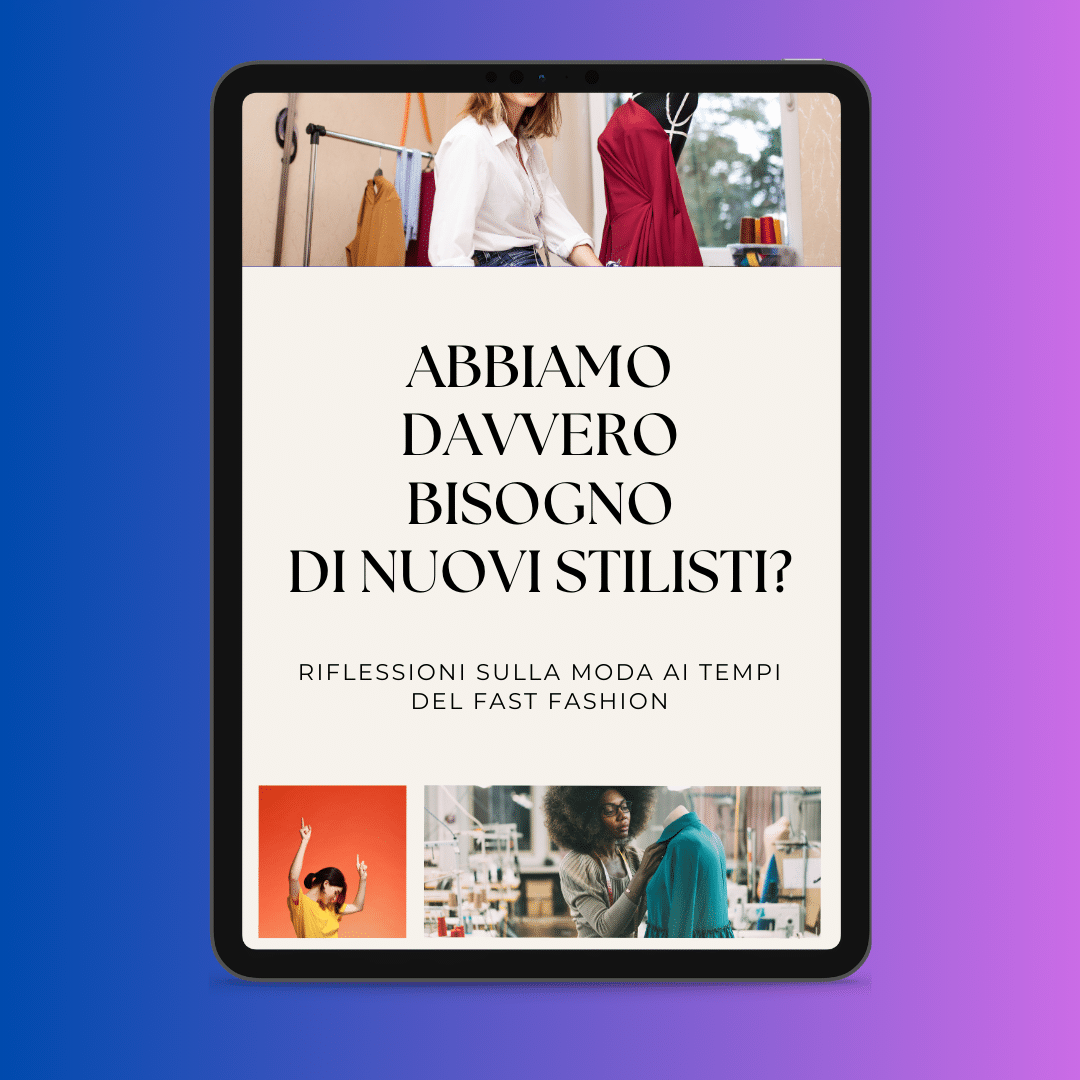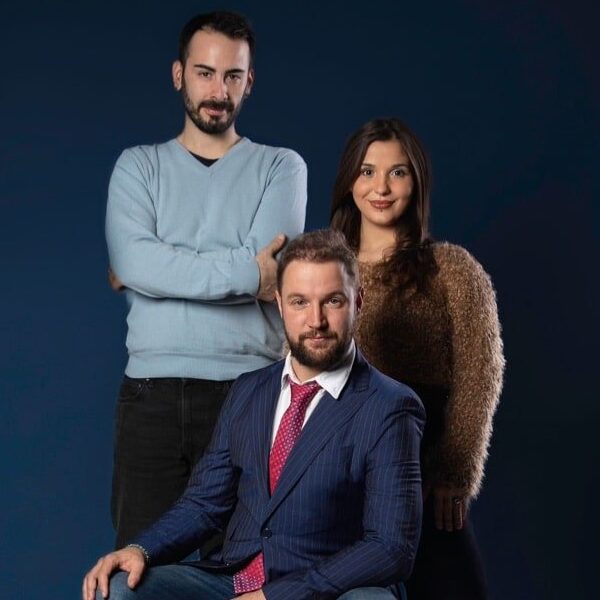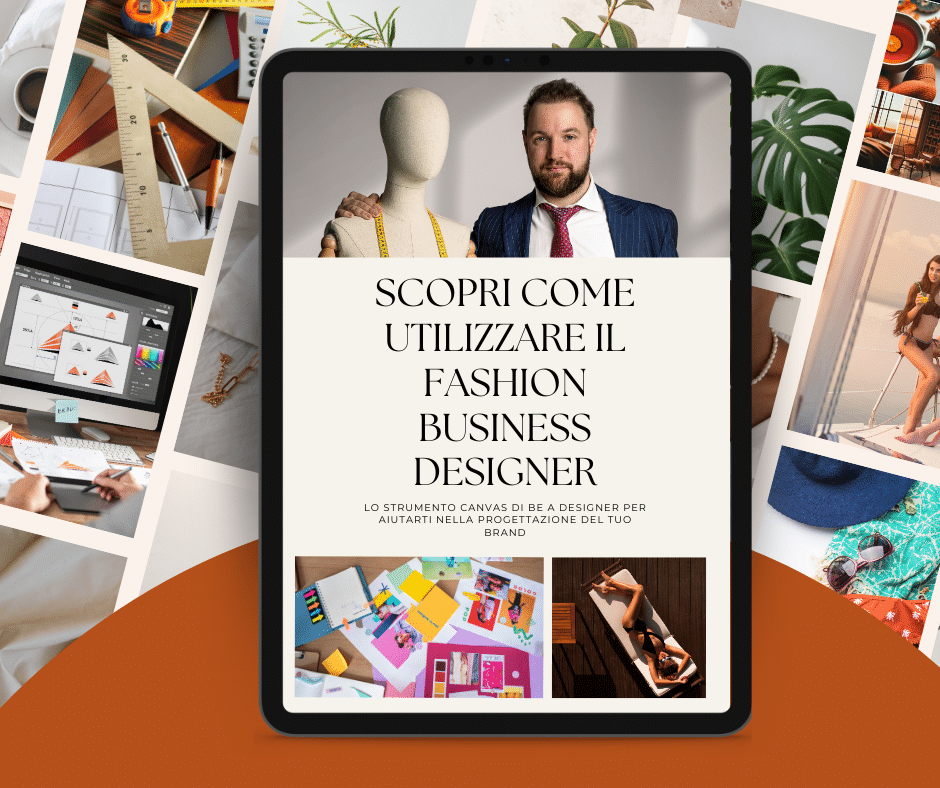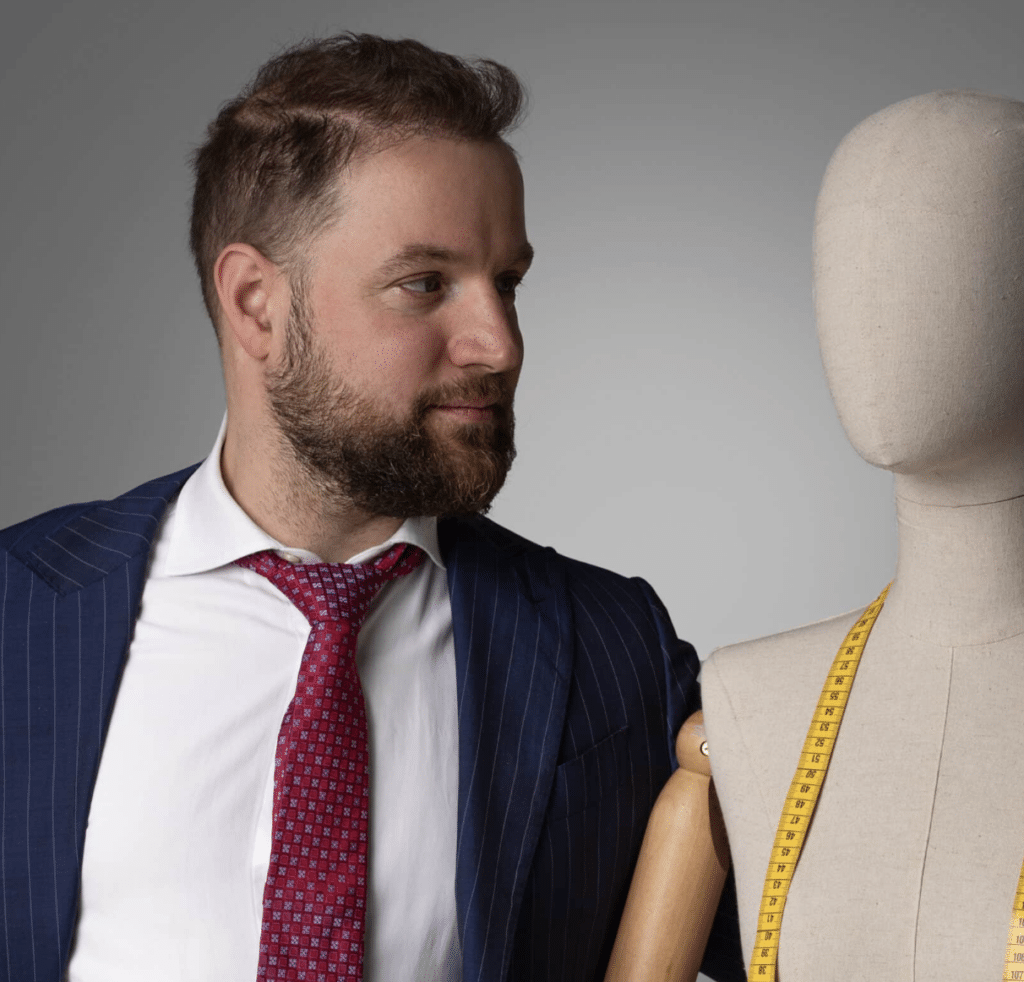Do we need emerging designers in 2025? When the whole world revolves around fast fashion and the mass market is there still room for those who want to start NOW?
Italy has always been considered the home of new fashion designers, yet there are many fashion schools and academies that give birth to new designers and fashion professionals every year, few manage to find their way.
Every now and then we are surprised to realise how few emerging brands and young independent designers there are which decide to make something of their own and which (unfortunately) never make it to market.
In fact, we hardly ever see emerging brands made by young Italians on the shelves of shops and boutiques.
Equally incredible is the fact that: if we think about our wardrobe, what we wear, most part of the garments we own are not produced in Italy.
So someone else is doing fashion instead of uson the other side of the world no matter how much we are told that the "made in Italy'. is the most loved and sought-after brand in the world.
If you don't know me yet, let me introduce myself!
I am Corrado Manenti and for the last twelve years of my career I have been involved on a daily basis in helping emerging designers and anyone who wants to create and realise something of their own in fashion to make it happen.

The fashion landscape: between luxury, fast fashion and new business models
If we think of fashion, we have two main realities:
on the one hand we find the luxury brands and the Coutureprotagonists of the most prestigious fashion shows. Their creations not only define the aesthetics of the fashion system, but also influence the entire industry with a 'cascading' effect, inspiring both ready-to-wear and the mainstream market.
At the opposite extreme is the fast fashion and the mass marketor affordable, mass-produced fashion. Brands such as Zara, H&M and Primark quickly reinterpret trends, making them available to a wide audience with competitive prices and widespread distribution.
There is also a intermediate level, consisting of large brands with their own distribution network and by independent designers that propose an alternative to mainstream fashion. Here are realities that focus on originality, craftsmanship, sustainability and unique creative identity.
If you want to create something of your own, turn an idea into a collection and build a brand around your vision, you have to start from a clear and sustainable strategyeven on a small scale. Understanding the market, defining your positioning and choosing an effective business model will allow you to develop a solid and competitive project from the start.
Not everyone is fortunate enough to have large funds to invest.
Fashion is a fascinating, but also extremely complex industry. It is an ecosystem in which many interlocutorsand where success depends on the ability to creating teamwork and to follow a well-structured path, turning an idea into a real brand to be positioned on the market.
One of my skills as a brand designer is to design business architecture so that your creative idea can become a recognisable and competitive brand in the fashion world.
If you dream of launching your own line, but don't know where to start, you've come to the right place!
Fashion, it is clear, is not just a matter of beauty or creativity. Clothes do not exist simply because they have been designed by a designer, but because behind each garment there is a brand that legitimises it and makes it recognisable over time.
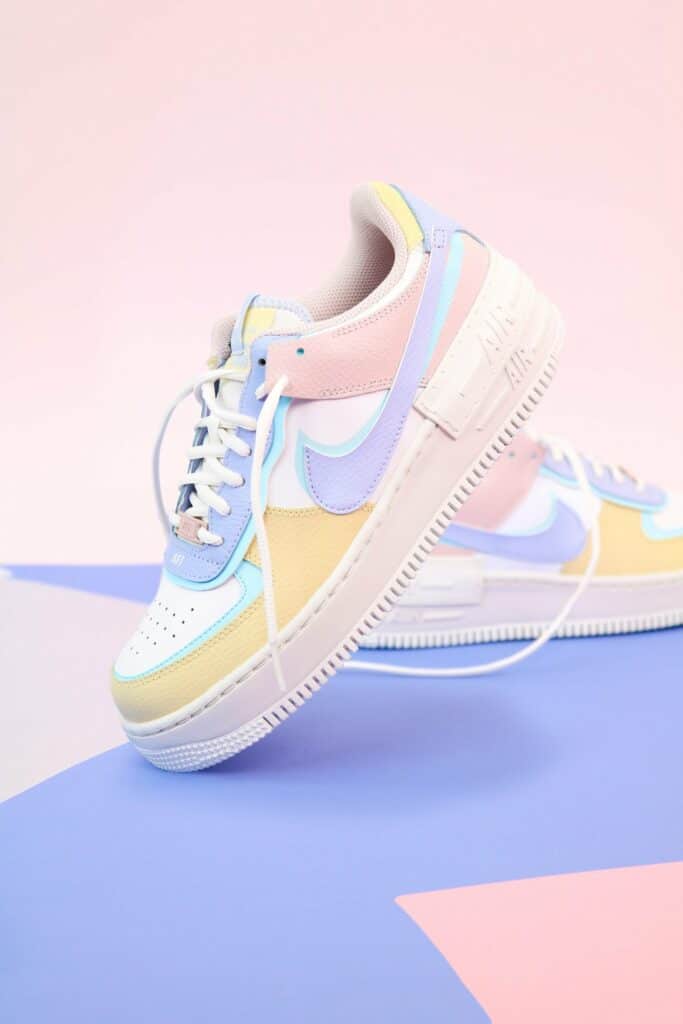
The Brand is not just the logo or the graphic elements on our products but the set of all tangible and intangible attributes.
Among the star designers, a space for new promises
Certainly, the big fashion brands have not only established themselves through the quality of their products, but through the history and identity they have built over time. Many of them boast a legacy of 50, 100 years or morean element that legitimises their market positioning and also justifies the price of their garments.
The mythical role of the fashion designer always arouses a strong fascination: from Gianni Versace to Laura Biagiotti and Gianfranco Ferrè, star figures that provided the initial imprinting, defining the brand genetic code. It is the designer who establishes the aesthetics, values and vision that will make him recognisable. Over time, successive designers have the task of evolving the brand without betraying its essencekeeping its success alive through the generations.
Indeed, when a fashion house bears the name of its founder, the challenge for the successor is not only to design clothes: it is about living up to a legacy, often imbued with a deeply personal vision.
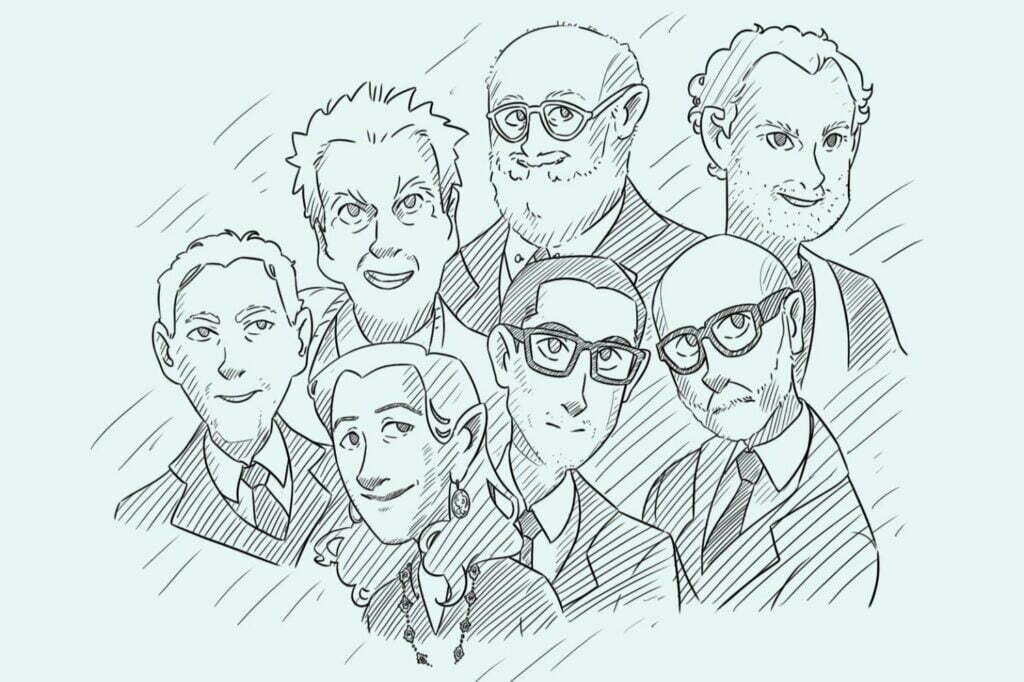
The Stylist as Founder plays a mythical role in the history of all great brands! In the picture taken from my book all the greatest Italian fashion designers
But the historicity is obviously a value that an up-and-coming designer cannot boast. St is true that the great designers have written the history of Italian fashion and beyond, it is also true that more than 40 years have passed since their beginnings.
What, then, is this authority in practice? Why is it so important?
When we come to market with our product, at what price will we sell it? Or rather what price will the customer be willing to pay for what we are offering? Will our story, our images, our buying experience justify that price?
All these questions point to the authority of a brand, and thus to that of its designer.
And it is that's why we need a brand.
It is not enough to create a collection. The brand is something that as a designer you carry with you over time and if you are good at communicating and increasing the value of your brand by gaining more and more exposure you will, over time, increase its value, and with it the value of your products will also increase, hence the price at which you can offer them to the market.
What we talk about when we talk about fashion
The first major consideration we must make, regardless of what type of product you want to create, is that there are universal components to consider when building a product.
When we talk about fashionwe are not only referring to the product itself, but to the whole universe surrounding it. On the one hand, we have the concrete element: the garment or accessory with its materials, design and aesthetic characteristics. It is a tangible objectof stylistic choices and workmanship.
On the other hand, however, there is a intangible dimensionmade up of emotions, perceptions and narratives. The value of a product is strongly influenced by the stories that accompany it, the expectations it generates and the imagery that makes it desirable.
È the psychology of fashionthat invisible link between the brand and the consumer that turns a simple garment into a style icon.
This is why creating a successful product is not only about making something aesthetically beautiful, but also about building an identity around it. Understanding the elements that make it unique and the meaning it can take on for the wearer is essential to create an authentic and recognisable brand.
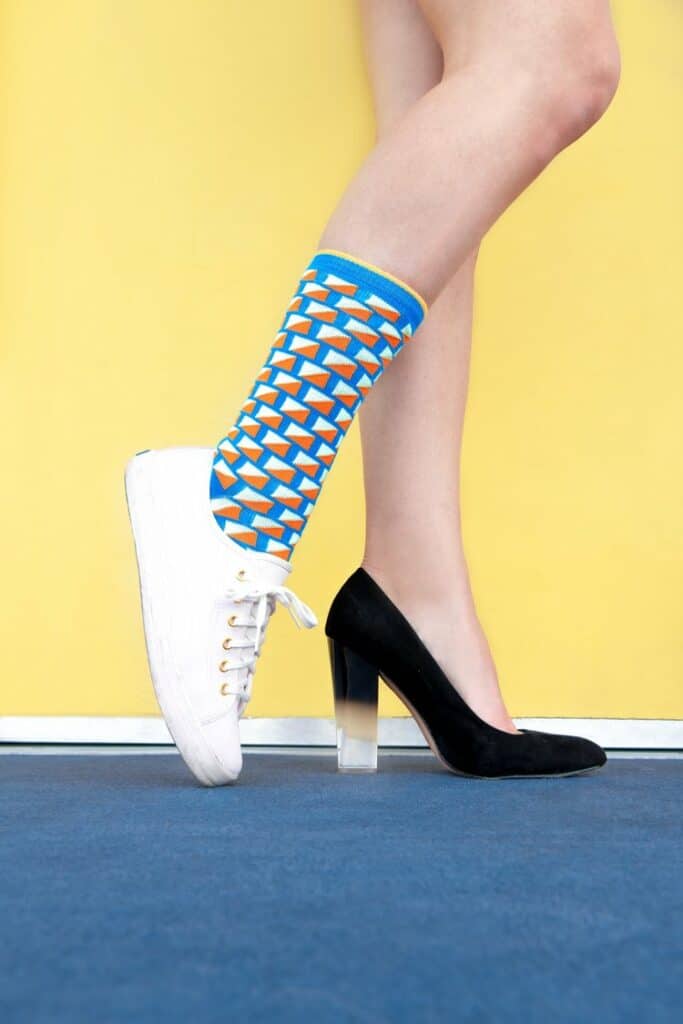
Every garment we buy
It has a precise symbolic meaning and a precise purpose or occasion for which we bought it
When we buy an item of clothing, we rarely do so out of necessity. Unless it is a basic item, such as underwear or a simple T-shirt for sleeping, every purchase is loaded with meaning.
We are not simply buying a dress, but something that represents an emotion, a desire or an image of ourselves.
A garment is not just fabric and stitching, but a symbol of style, belonging or aspiration. The moment we choose it, in our minds we have already imagined the occasion in which we will wear it and the way it will make us feel.
This becomes even more crucial when we go to the other side, i.e. when we are the ones building a brand. Understanding the symbolic value of a product means being able to tell a story that resonates with the audience, turning a simple purchase into an experience.Therefore, when you want to build a product, it is important that you have it in mind:
What are these values?
Why should it be relevant to people?
But the other great absolute consideration, which underlies all products, is that you cannot make a product that everyone likes or dislikes.
On the one hand it is good, on the other hand we must also admit that we have to build products knowing our target market, knowing who our future buyers and thus our future loyal customers will be.
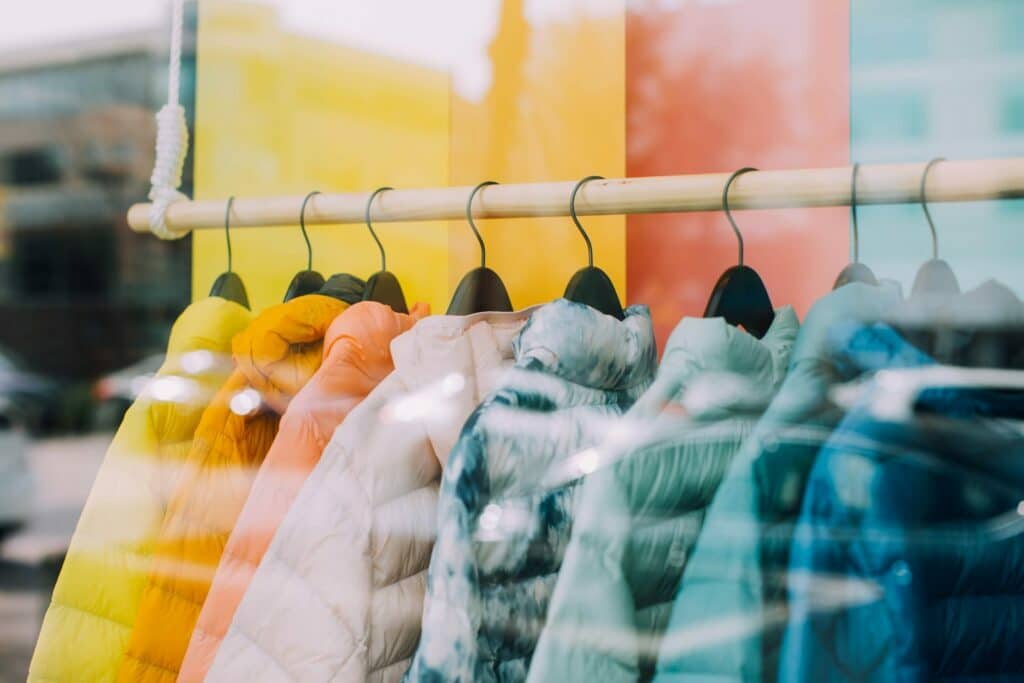
Fashion schools and academies: what prospects for new designers?
In a country like Italy, often labelled as a 'land of tradition' rather than of innovation, it is easy to celebrate the glories of the past, extolling what has already been written. Less easy, however, is to continue writing that history, looking to the future with the same courage and ambition, and not because there is a lack of talent, but because it is often more convenient that way.
In our territory we boast some of the best fashion design schools the world, and although France is recognised as the home of Haute Couture, it is our country that has turned fashion into a global phenomenon.
From the 1960s to the 1980s, a new generation of Italian fashion designers revolutionised the industry, bringing Made in Italy to be synonymous with quality, creativity and innovation. Thanks to them, Italy is no longer just the land of art and culture, but also the place where fashion comes to life and sets trends that influence the entire international scene.
Today, more than ever, we need new designersof fresh and ambitious minds that can carry on this tradition of excellence without letting it fade away. And here comes the question: will you be one of them?
Because if we do not believe in our talent, our ideas and our know-how, someone else will do it for us. The risk? Seeing 'Made in Italy' reduced to a mere label, devoid of the true Italian essence.
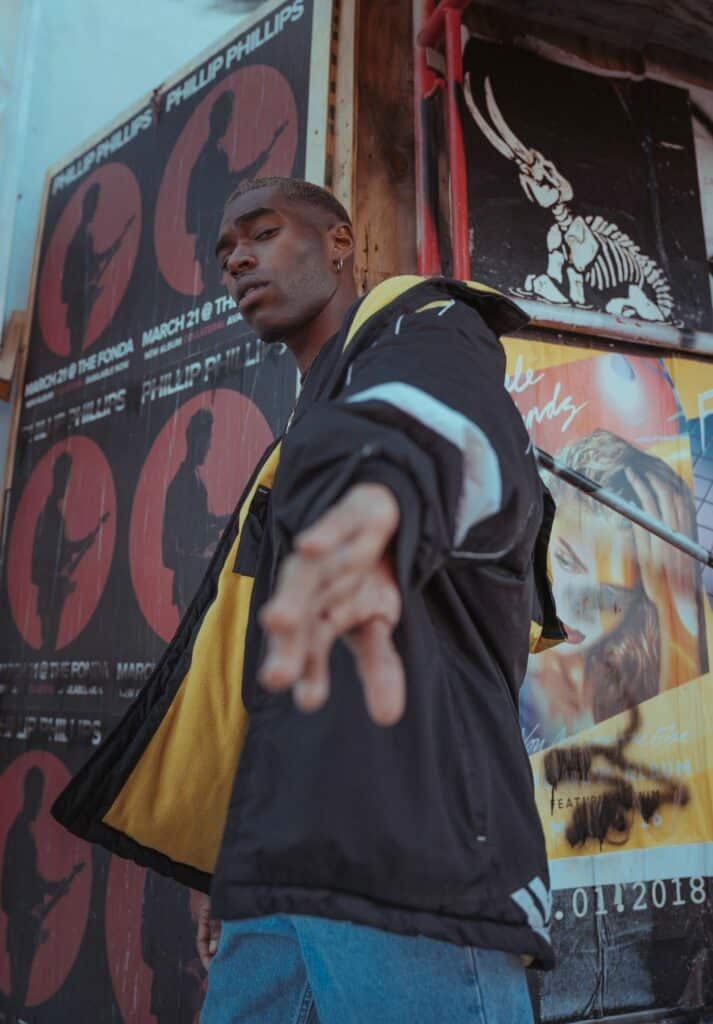
Streetwear style has also influenced some luxury brands from the bottom up. Iconic collaborations between Supreme and Luis Vuitton, for example.
Every year, fashion schools train many young talents, but many end up joining the system without ever trying to create something of their own.
Of course, the fashion system is a complex mechanism dominated by large groups, with giants like Inditex shaping the market at speeds unthinkable a few decades ago. The Zara model, with collections that are renewed every fortnight, is designed to quickly intercept and transform any emerging trend. Whether it's a look seen on a TV series or a global cultural phenomenon, fast fashion can get it into shops within a month - if not sooner.
Here we are not talking about the traditional inspiration that drives the big macro trends, but about a very different analysis: demographic, anthropological, extremely targeted and effective. An approach that does not create fashions, but amplifies and distributes them with unprecedented speed.
While it is true that fashion was once only influenced from above, today things have changed: New trends are also born from below, from emerging creatives, from independent designers who dare to innovate.
That is why the question is no longer "is there still room for new designers?"but rather "are you ready to take your space?"
How new designers can change the fashion system
Elena Velez, a 29-year-old designer, has designed a academic approach lifeline to survive in an industry that requires those at the helm of brands to deftly balance creativity and business, but offers them very few resources to do so.
I conceptualise a collection in the same way as I would construct a persuasive essay: thesis, supporting evidence, primary and secondary research.
A methodology that allows her to be creative and at the same time productive in order to first build a commercial architecture and then make it exciting.
Trying to establish oneself on the market with a new brand was no mean feat even before the arrival of the Coronavirus. However, all is not lost: i Young designers must be radical in their approach to the ways in which they could adapt and survive in the brave new world of fashion.
For the generation of new designers social media are the key to standing out in the fashion world. Platforms like Instagram and TikTok are not just shop windows, but real branding tools. Sadie Clayton, designer and entrepreneur, encourages new designers to exploit their potential:
There are endless possibilities to promote one's brand and build a strong identity through digital media. Social media allow emerging designers to have full control over their message and aesthetics.
Today, in fact, you don't need a huge budget to get noticedauthenticity, storytelling and a targeted strategy can turn a social profile into a powerful platform for the success of your brand and your name!
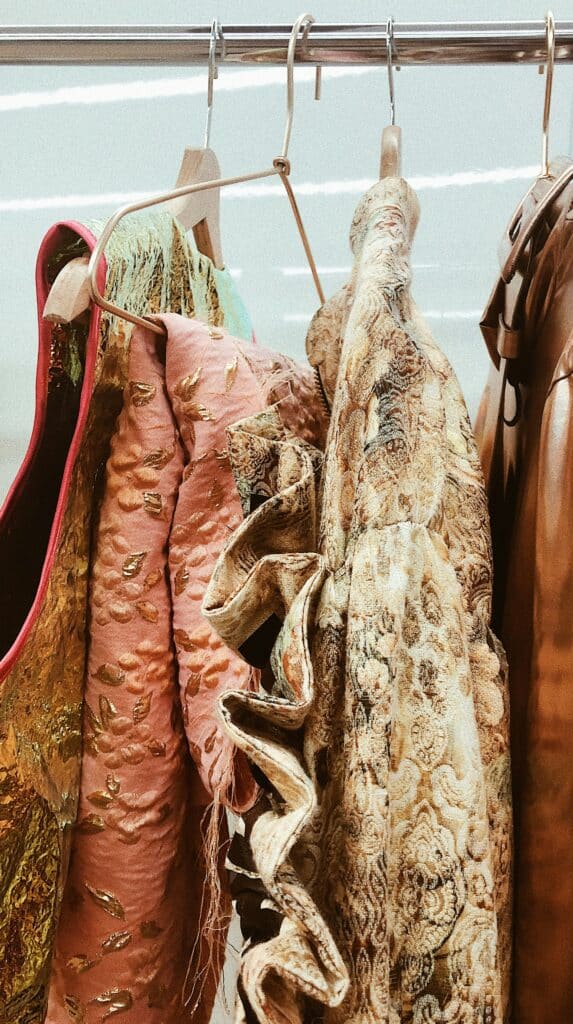
IF YOU LIKED THIS ARTICLE WRITE ME A COMMENT BELOW AND SHARE IT, IT WILL BE A PLEASURE TO ANSWER YOU ?
Would you like to join me and other visionary students on an innovative journey where we will set out to conquer the world of fashion? Trust us, together nothing will stop us!
WARNING!
If you have read this article it is because you are certainly a fashion enthusiast, but the real reason why you read these topics on my site and not in a fashion magazine
is because you have most likely had in your drawer for some time
the idea of creating your own fashion brand.
I am Corrado Manenti and now for more than 10 years I founded the first independent style office specialising in supporting emerging designers in the development of their collections and their path to self-entrepreneurship.
If you are a designer or simply a creative person and have always dreamed of building your own fashion collection and selling it, you are in the right place!
Will 2025 be the year to bring your project to life?
Schedule a free consultation with me and let's evaluate the future of your project together.

